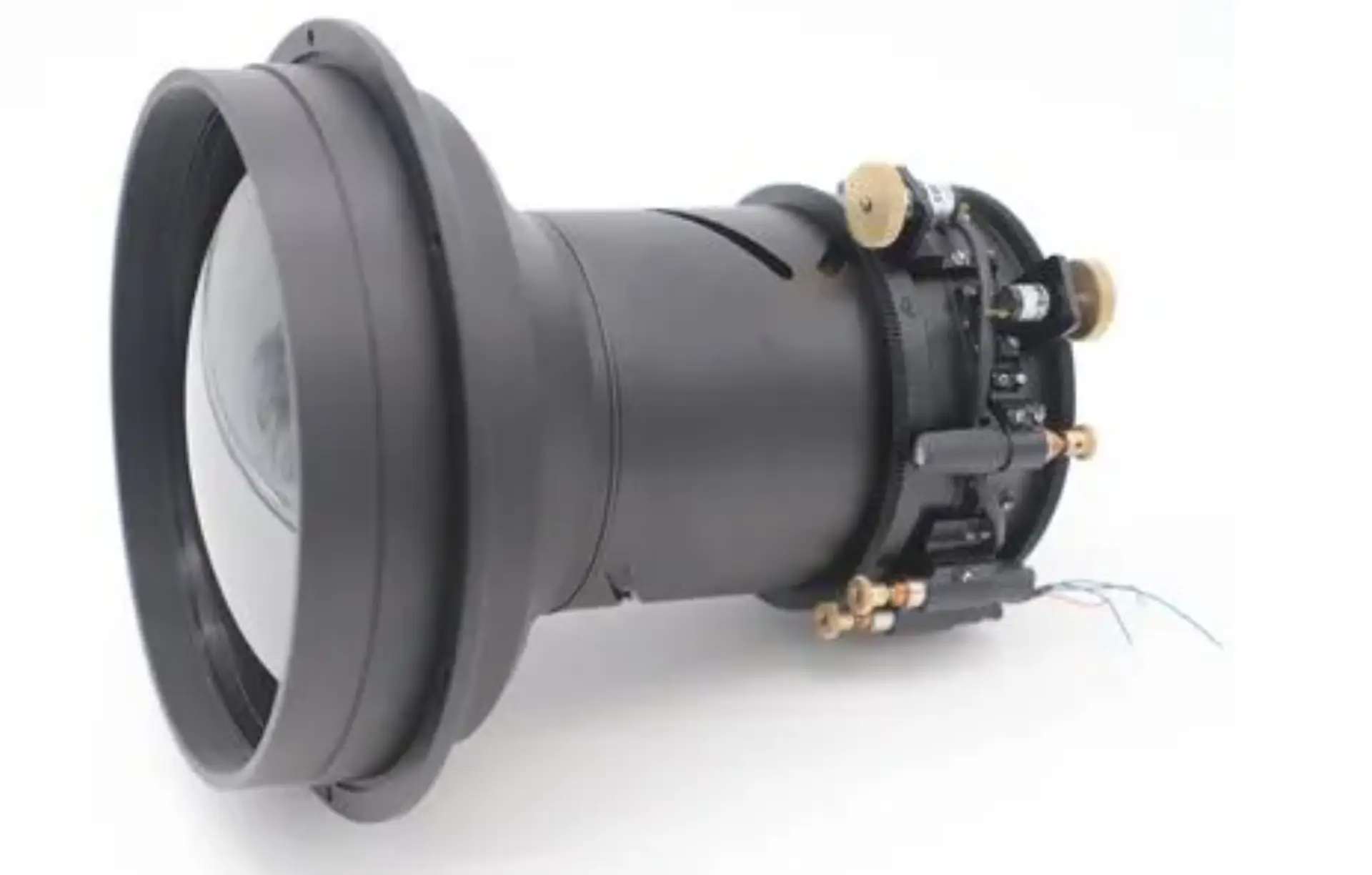
LWIR lenses vary primarily based on their design and intended application:
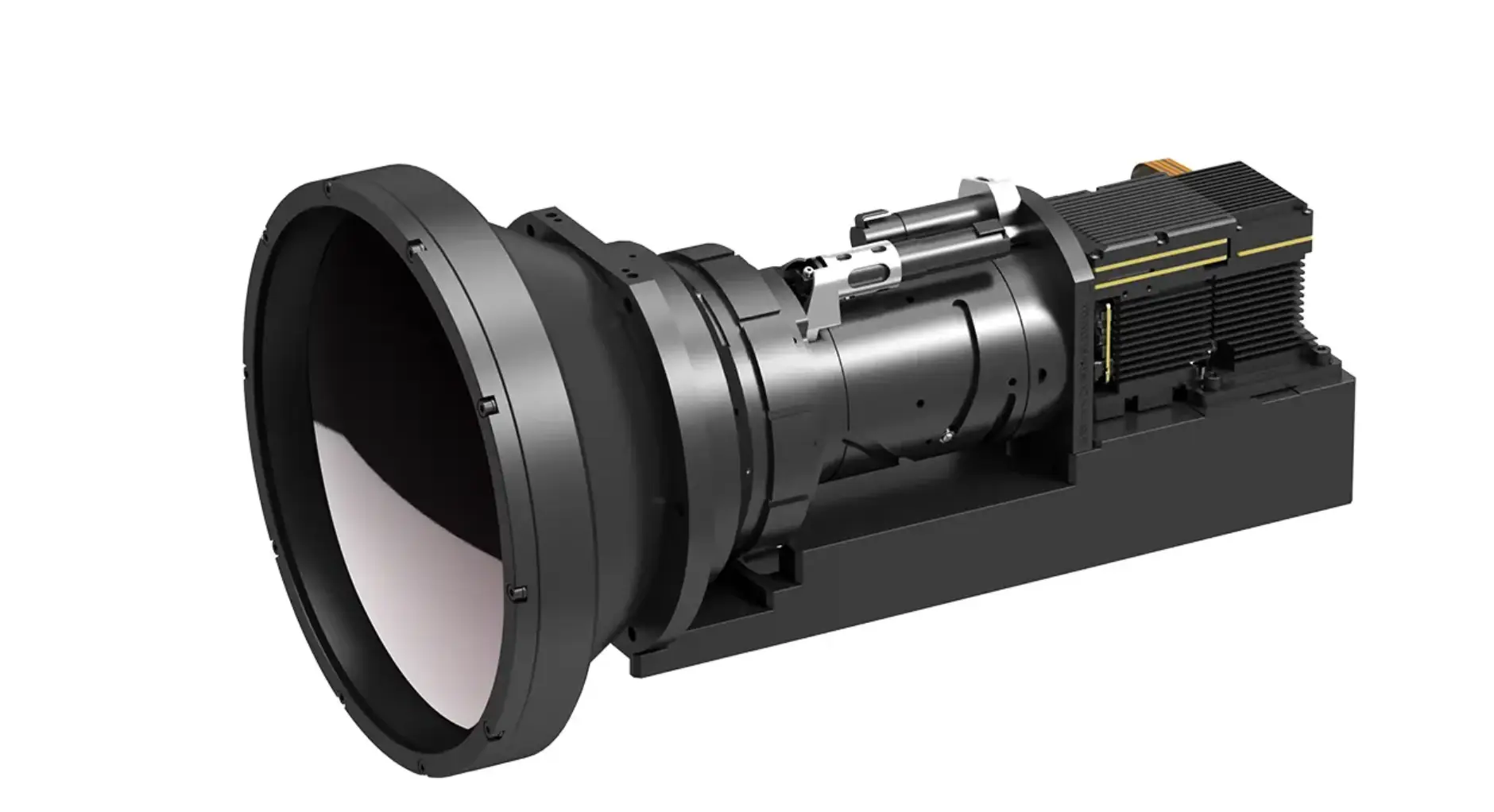
Cooled IR Cameras:
Uncooled IR Cameras:
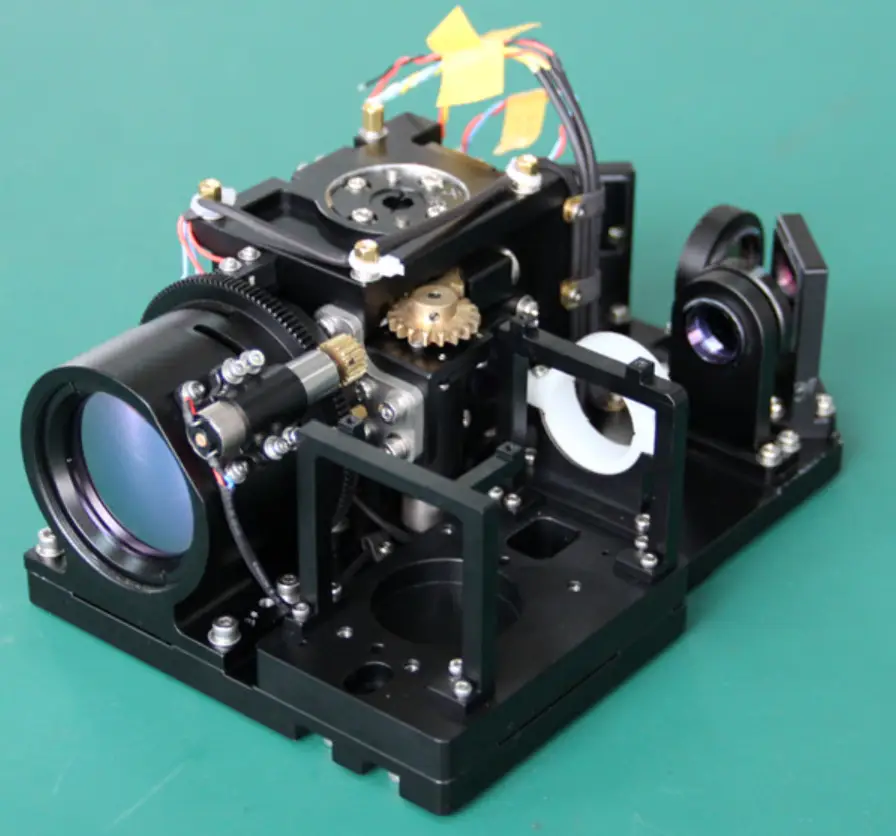
Cooled Thermal Cameras:
Uncooled Thermal Cameras:
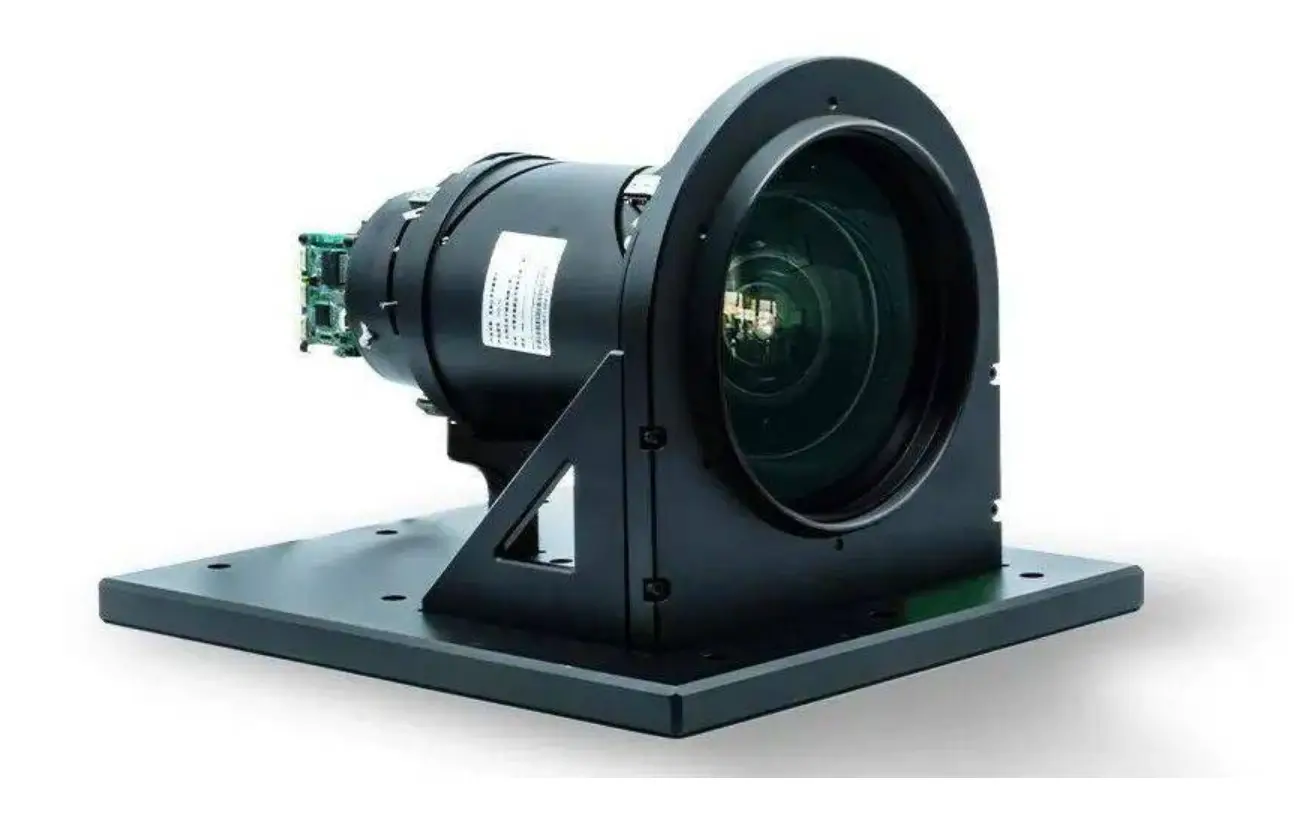
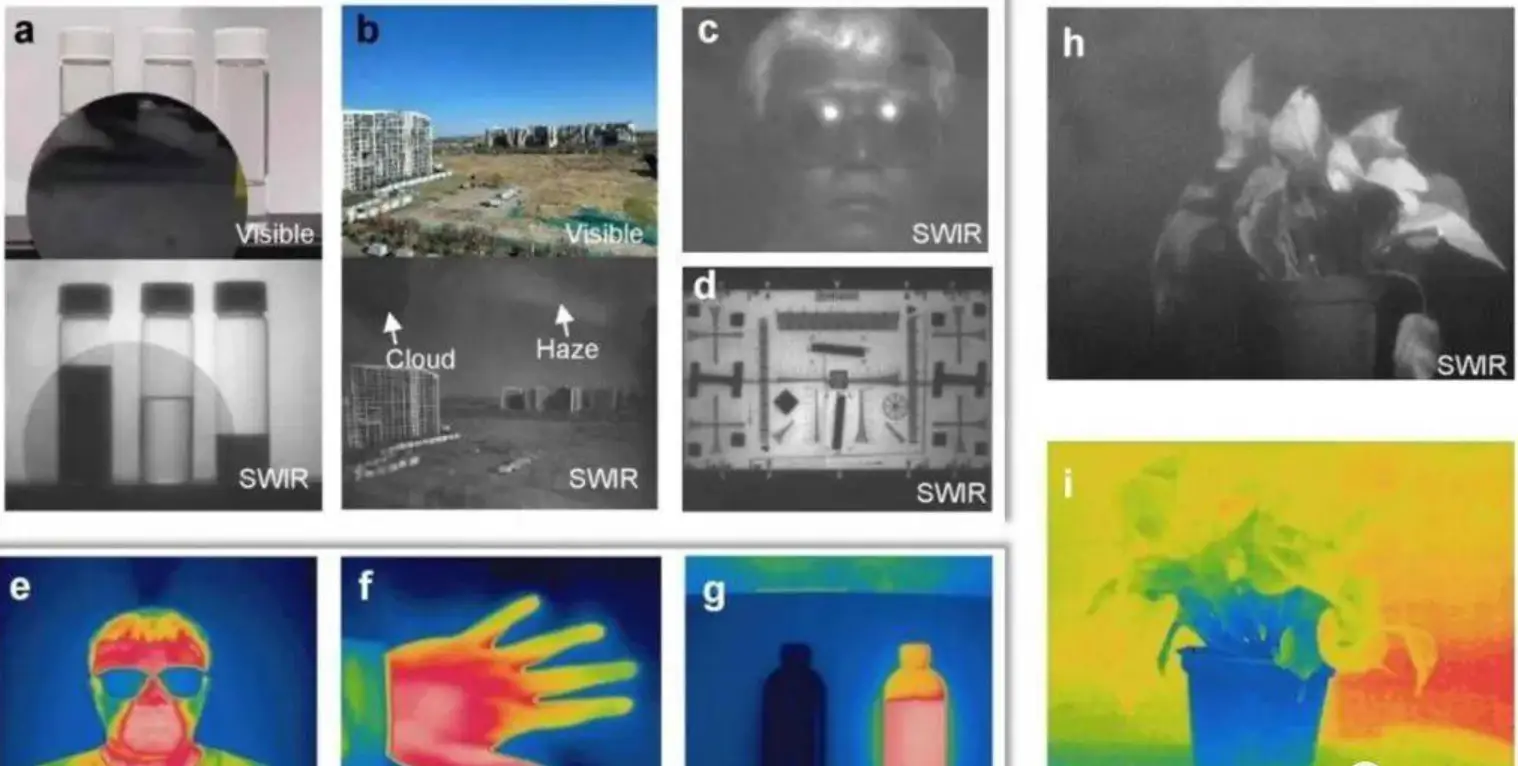
Shape Optics’ unwavering commitment to excellence propels the advancement of Infrared Optical (IR Optical) Modules. With Shape Optics, the unseen is revealed, and mysteries are deciphered. Enhance your innovation trajectory with Shape Optics’ Infrared Optical Module Solutions—redefining the limits of perception. Contact Shape Optics today to begin a transformative journey with our custom Infrared Optical (IR Optical) Module imaging solutions.
Cooled IR cameras are used in applications where high sensitivity and precision are necessary:
Cooled thermal cameras are essential tools in scenarios where precision thermal imaging is critical, though their complexity and cost can be prohibitive for more routine or budget-constrained applications.
We noticed you're visiting from Singapore. We've updated our prices to Singapore dollar for your shopping convenience. Use United States (US) dollar instead. Dismiss